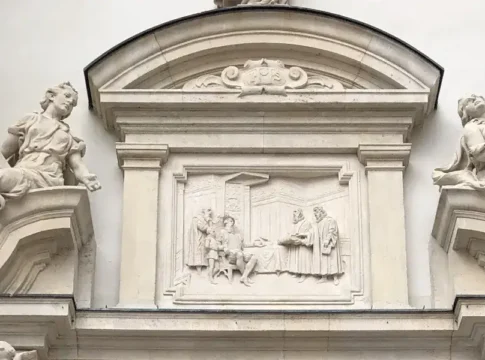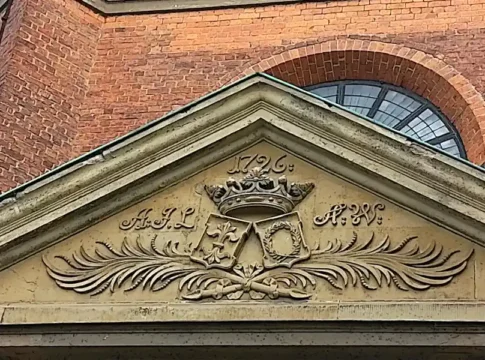Bromma Church: A Historic Landmark
Among Stockholm’s oldest surviving buildings, Bromma Church stands out as a rare circular fortress church from the 12th century. Its thick stone walls, decorated with 15th-century biblical frescoes by Albertus Pictor, enclose a 1686 Baroque pulpit and a tranquil churchyard. Once part of the Mälar region’s defensive network, the church blends medieval heritage with modern life, most recently through a chapel extension added in 2021. Today, it offers visitors a peaceful escape and a journey into Stockholm’s layered past.
The Legacy of Bromma, Solna, and Munsö Churches
During the same period, Munsö Church, Solna Church, and Bromma Church were constructed as part of a distinctive wave of medieval round churches in Sweden. This architectural style, rare in Europe, combined practicality with symbolism. Over the centuries, Bromma has undergone numerous renovations, each reflecting the changing aesthetics and religious practices of its community. These layers of history make it a must-see destination for both history enthusiasts and lovers of medieval architecture.
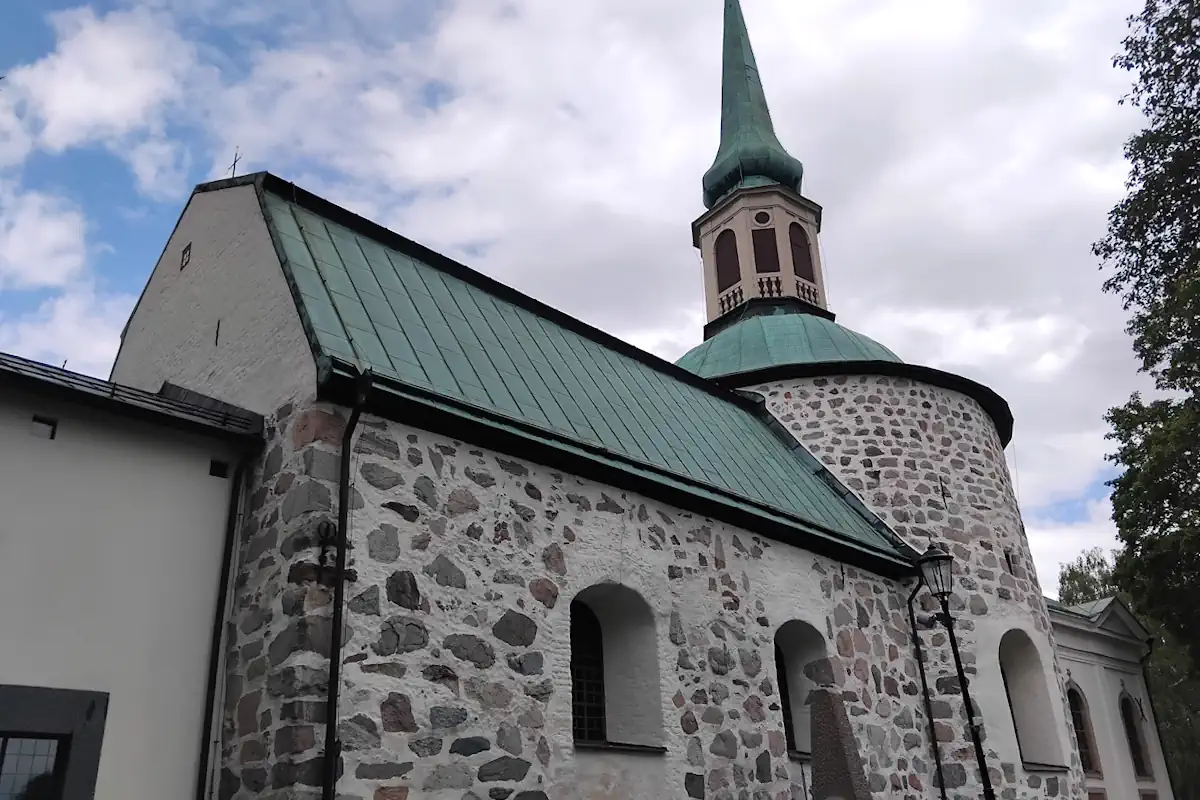
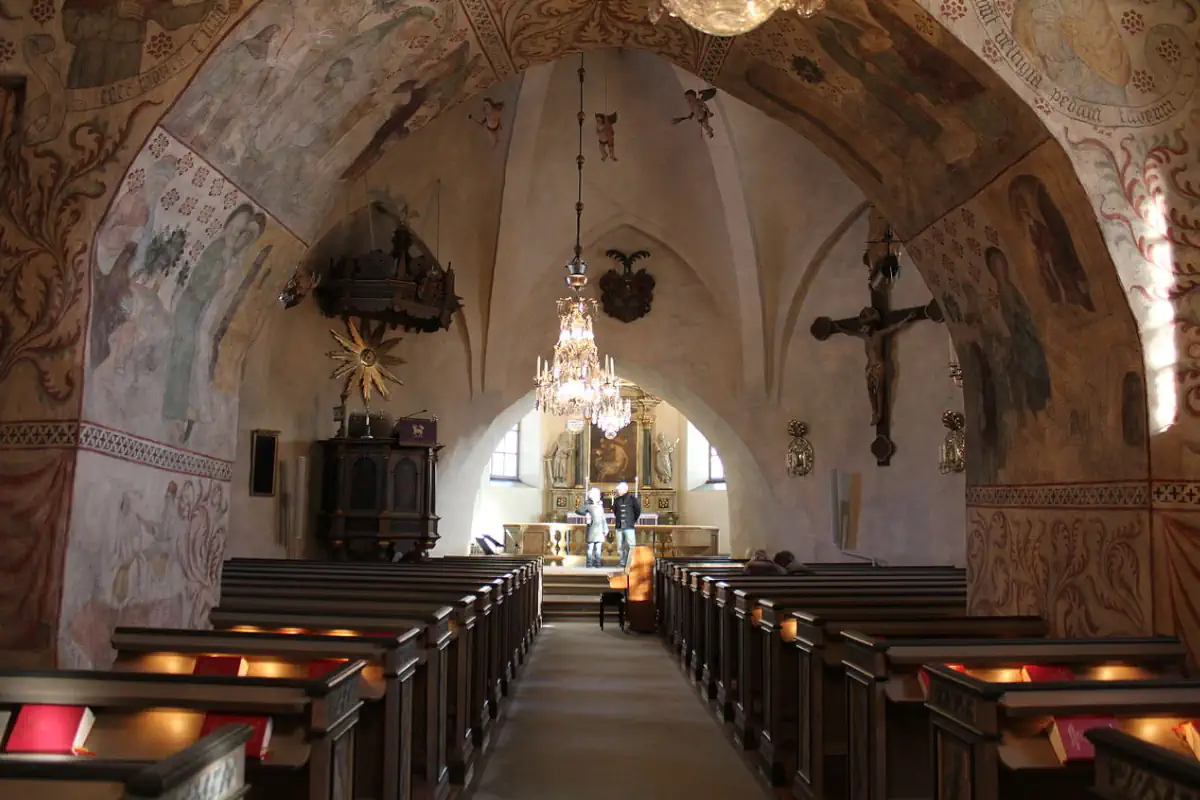
Strategic Construction and Defense
Bromma Church’s circular design and fortified placement were no accident. At the time, Lake Mälaren’s higher waterline was integrated into the defense system, strengthening the area’s natural barriers. Alongside Munsö and Solna Churches, Bromma served as a key bulwark against attack, a role that adds further depth to its historical significance.
Bromma Churchyard: A Place of Remembrance
Surrounding the church is a five-hectare churchyard, in use since the Middle Ages. With approximately 8,000 monuments and graves, it offers a poignant window into Stockholm’s history. Visitors can wander through the calm landscape, reflecting on centuries of devotion, memory, and community life in the Swedish capital.

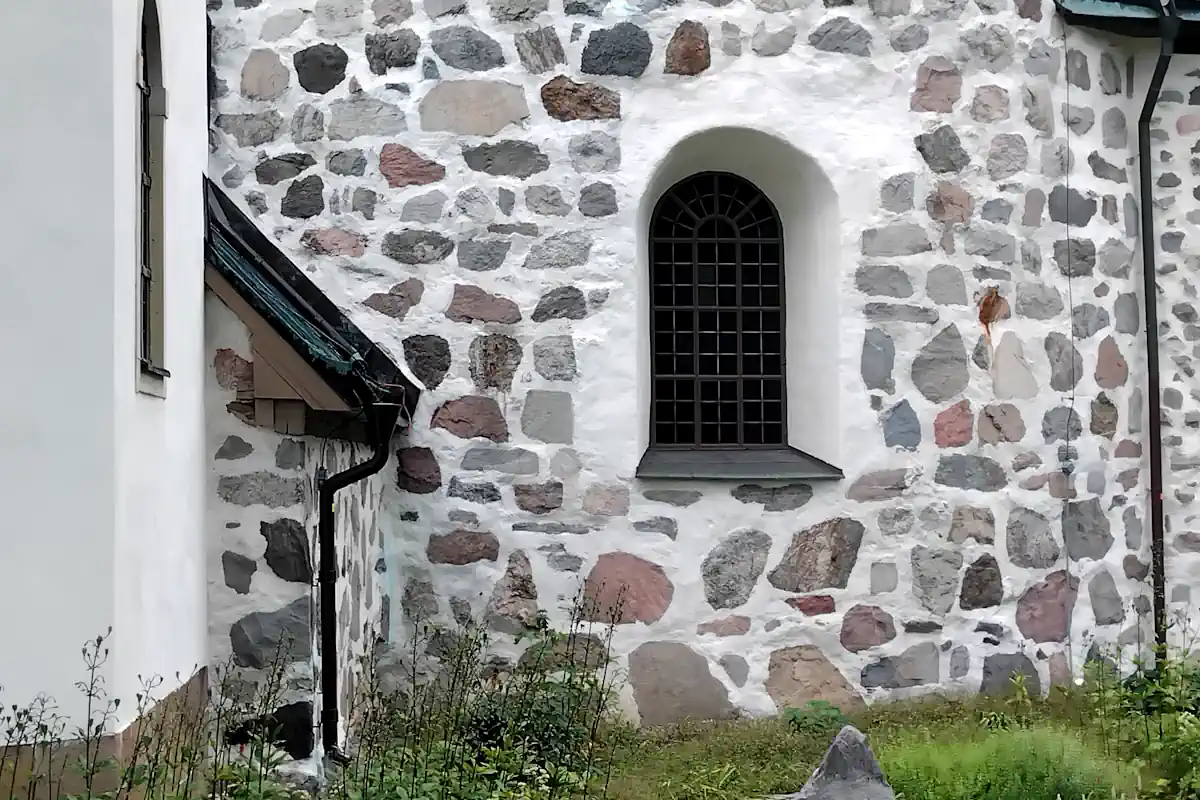
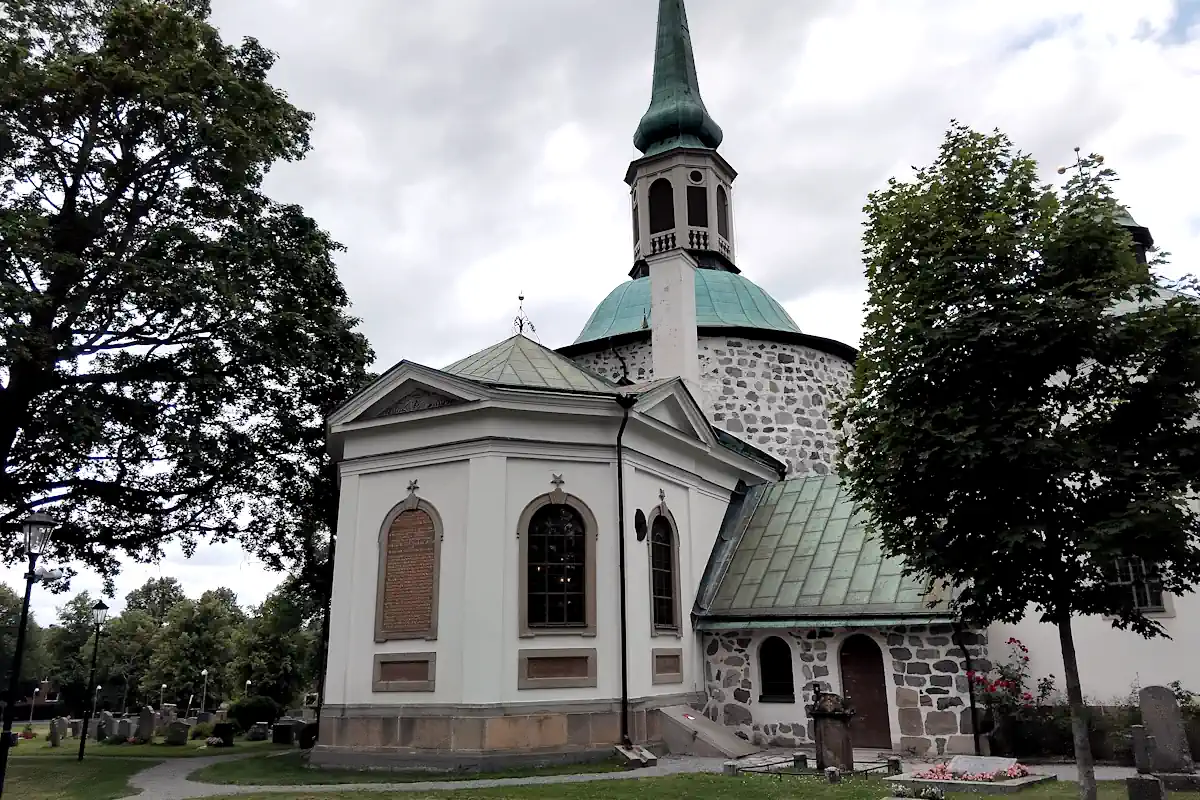

Plan Your Visit to Bromma Church
A visit to Bromma Church provides a unique blend of architecture, history, and serenity. Whether you are drawn by its medieval origins, its artistic treasures, or the quiet of its churchyard, the experience offers a deeper understanding of Stockholm’s past and enduring cultural heritage.




